Articles
H.O.W.
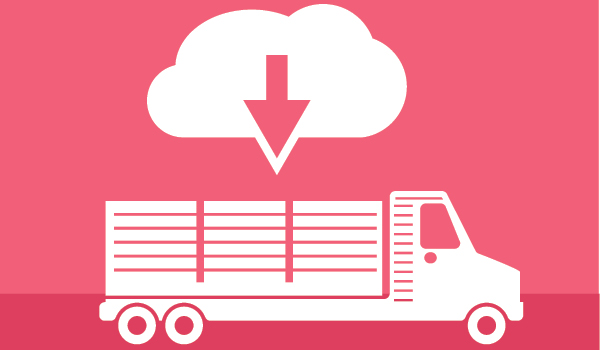
How to Decide if You Should Outsource Your TMS
The days of the in-house transportation management system (TMS) are fading. Sure, there are a few benefits to building a custom system. It’s designed for a shipper’s specific needs, and all the data gathered stays in the family, so to speak. Yet, there are problems. Many shippers find their custom systems don’t communicate properly with […]
Read More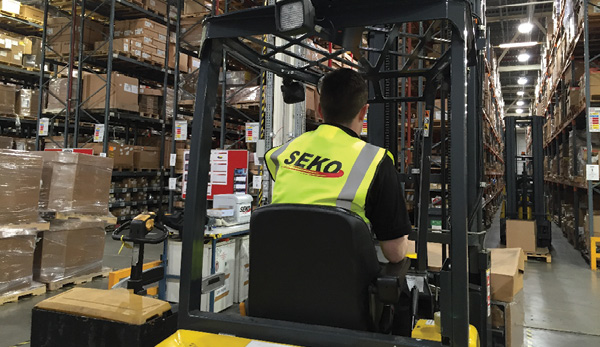
How to Optimize Demand Chain Management
In a perfect world, distribution centers (DCs) would disappear. Retailers and manufacturers would match incoming orders to customer demand so precisely that all products would stay in motion all the time. At most, an importer would operate a crossdock to process incoming goods for the outbound trip. This super-lean scenario poses major opportunities to reduce […]
Read More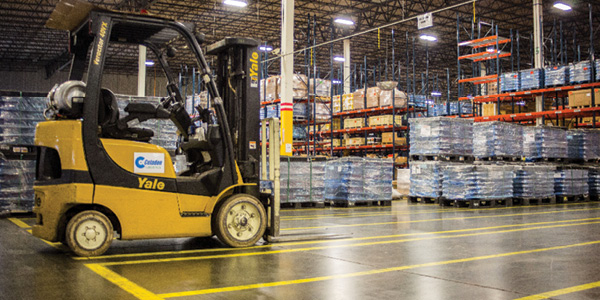
How to Choose a Single-Source Logistics Provider
The more service providers you work with, the more likely you are to suffer gaps in your supply chain. That’s why companies looking for maximum efficiency often decide to partner with a single-source logistics provider. A single-source provider is a third-party logistics (3PL) company that manages your whole supply chain, or a discrete portion of […]
Read More
How to Implement a Successful Retail Omni-Channel Logistics Operation in Asia Pacific
For any U.S.-based company interested in expanding retail logistics operations outside of the country, Asia Pacific may be the most ideal location. Not only does the region offer more than 4.3 billion potential new customers, but the American brand remains highly popular among its residents. To access these buyers, companies should first focus on their […]
Read More
How to Prepare for the Food Safety Modernization Act
When President Obama signed the U.S. Food and Drug Administration’s (FDA) Food Safety Modernization Act (FSMA) in January 2011, it marked the first time in more than 70 years that the U.S. government introduced any significant legislative change to the food industry. The motive was clear: Educate and instruct public and private sectors on how […]
Read More
How to Use Real-Time Ground Conditions
Speed, safety, and reliability are paramount in today’s supply chain, and shippers and consignees want an optimal balance between all three. But it’s a difficult task as companies continue to optimize their networks, enhancing responsiveness but often increasing their risk exposure. Better demand forecasting and visibility can go a long way toward smoothing out variability. […]
Read More
How to Transform Your Supply Chain Through a 4PL Approach
When companies have a huge hill to climb in strategic business process change, radical growth they don’t know how to handle, market volatility, acquisitions, or significant supply chain performance issues, a fourth-party logistics (4PL) provider strategy can help align and direct projects with an eye toward future goals. The 4PL engagement begins with formulating a […]
Read More
How to Manage Hours-of-Service Regulations Compliance
Now that the Federal Motor Carrier Safety Administration’s Hours-of-Service (HOS) rules have entered into force, trucking companies and shippers need to account for these regulatory changes. Any company that is working in a fast-paced, time-definite shipping environment is especially vulnerable. The new HOS regulations feature two key provisions: Limitations on minimum “34-hour restarts.” Where previously […]
Read More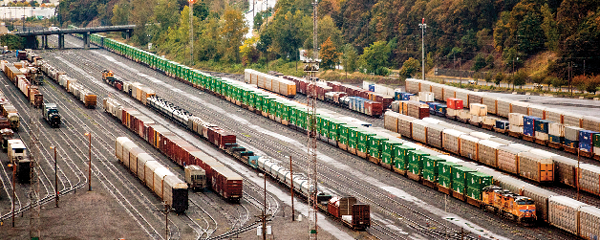
How to Take Advantage of Intermodal Transportation
Looming truck driver and capacity shortages, freight rate increases, Hours-of-Service and CSA regulations, and sustainability mandates are compelling many shippers to consider domestic intermodal solutions for the long haul. Perceptions are changing. There are fewer excuses and less resistance. Market constraints aside, rail services and intermodal transit times have become more dependable, making it easier […]
Read More
How to Reduce Costs by Integrating Packaging with Distribution Center Operations
Product packaging is often handled as a discrete supply chain function, separate from warehousing and distribution. But companies can capitalize on considerable efficiency and economy gains by driving toward greater integration of these functions. In fact, performing final packaging in the distribution center can reduce combined warehousing, logistics, and freight costs by 30 percent and […]
Read More
How to Foster a Long-Term 3PL Partnership
When companies begin working with a third-party logistics provider (3PL), they are generally looking to address a functional pain point. The partnership is transactional and fills an operational gap. But the true value of 3PL partnerships can grow infinitely greater when shippers take a long-term approach that focuses on sustainable gains rather than short-term savings. […]
Read More
How to Mitigate Supply Chain Disruptions
As supply chains trend toward demand-driven, lean inventory models to eliminate waste, reduce costs, and increase responsiveness, their exposure to risk grows. When natural disasters, political upheaval, labor strife, supplier failures, and countless other types of supply chain events arise, shippers need to react quickly—without incurring undue costs—to keep production in line with demand. Companies […]
Read More
How to Drive Visibility Through a Supply Chain Network Control Tower
As supply chains become increasingly stretched geographically and functionally, the challenge of driving visibility through layered and disparate networks becomes infinitely greater. When it comes to managing compliance among third-tier suppliers in Asia, speeding asset turns at a domestic distribution yard, or keeping track of carrier partners and shipments on the ground, at sea, and […]
Read More
How to Measure Sustainability Program Performance
For many companies, sustainability has become a burning platform for exploring smarter ways to move product through the supply chain. Sustainability principles dovetail with transportation and logistics best practices to rationalize natural resource and raw material consumption, and ultimately reduce operating expenses. In addition to the economics of eliminating environmental waste, an element of risk […]
Read More
How to Select a Returns Management Partner
As retailers turn over stones looking for ways to reduce costs, eliminate waste, become greener, and raise the bottom line, returns management is an area ripe for picking. What was once written off as a lost cost has now become a can’t-miss opportunity—and for good reason. In 2011, U.S. consumers returned more than eight percent […]
Read More
How to Move Freight in Volatile Locations
Despite geopolitical upheaval, natural disasters, labor strife, war, and countless other disturbances that threaten supply chain efficiency and economy, freight still needs to move. From delivering humanitarian aid in hurricane-ravaged locations to managing mission-critical parts replenishment in remote areas and delivering heavy equipment in support of government operations, shippers need to be flexible and responsive […]
Read More
How to Make Driver Recruitment a Competitive Differentiator
One challenge the logistics sector faces is, well, finding new faces. While the U.S. recession largely suppressed a dormant truck driver shortage, the prospects of economic recovery are stirring old concerns. Adding to the problem, recent government mandates including the Federal Motor Carrier Safety Administration’s Hours of Service and Compliance, Safety, Accountability rules threaten to […]
Read More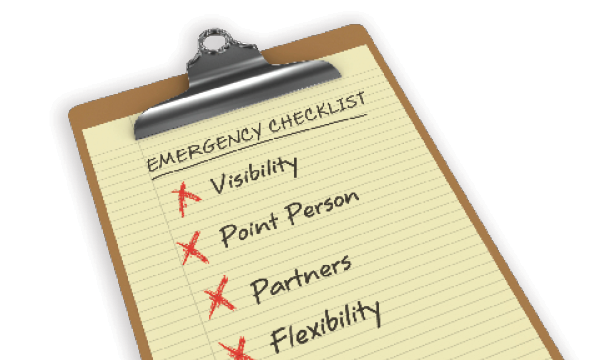
How to Manage the Supply Chain Following a Natural Disaster
Planning for supply chain exceptions is increasingly an expectation for risk-sensitive shippers. The last decade has unleashed a flood of global weather disasters, from Hurricanes Sandy and Katrina to the eruption of Iceland’s Eyjafjallajokull volcano to the earthquake and tsunami in Japan. Each has impacted business operations in different ways. Failing to properly react to […]
Read More
How to Find Savings Through Landed Cost Analysis
As shippers adapt sourcing strategies to build redundancy, economy, and responsiveness into their supply chains, the complexity of drilling down total landed costs increases. Shippers often focus resources and attention on procurement, looking only at production and logistics spend. At a more granular level, a myriad of other factors can impact the total supply chain […]
Read More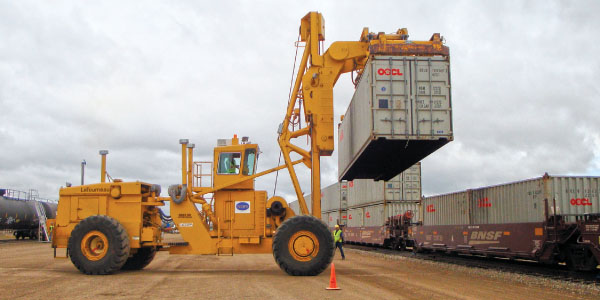
How to Balance Export Demand
While much has been said about the United States’ anemic manufacturing sector and the stress it places on sustainable economic growth, agriculture exports are booming. The United States remains a net exporter of food and delivers half the world’s grain supply. In 2010, China became the largest export market for U.S. agriculture with soybeans, cotton, […]
Read More